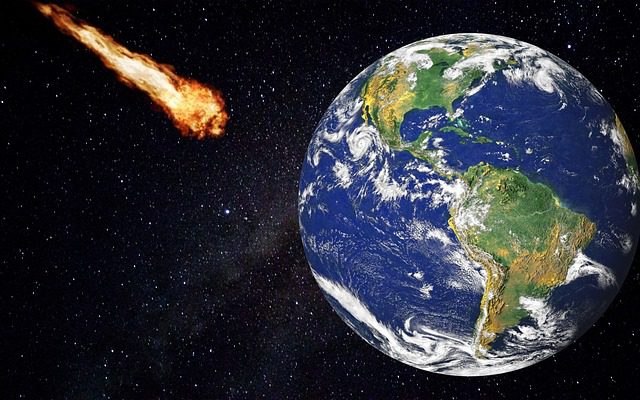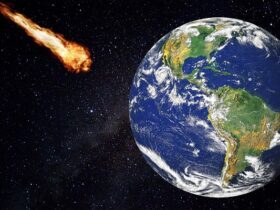Once again, something really hazardous has occurred! Just hours before it was due to strike Earth near the western coast of Greenland, the same astronomer who spotted Asteroid 2022 EB5 earlier this week has discovered yet another frightening asteroid. Asteroid impact on Earth was avoided this time, but only after flying dangerously near to our planet’s surface. Krisztian Sarneczky, a Hungarian astronomer, discovered a new asteroid on March 25 while stargazing.
Significant change of the inclination of my new close approacher #2022FD1 (aka #Sar2594) during its flyby: i=9,4 deg -> 4,5 deg. (data: @AdrienCoffinet, graphics: @MinorPlanetCtr) pic.twitter.com/hQeKqG935d
— Krisztián Sárneczky (@sarneczky) March 25, 2022
Just hours before it came perilously near to Earth, the asteroid was detected. This asteroid and Earth were only separated by 8,700 kilometers! Earth and GPS satellites are separated by a distance even less than this. While it was first known as SAR2594 by the astronomer, the asteroid is now known as 2022 FD1.
Newly-discovered #asteroid 2022 FD1 flew past Earth, passing <8500 km above the S. Pacific Ocean while flying through Earth's shadow. Its inclination lowered from 9.44° to 4.49° . This is @sarneczky's 2nd close asteroid this month. The other one HIT Earth.https://t.co/CS95fRcp5D pic.twitter.com/RkFyPji0xr
— Tony Dunn (@tony873004) March 25, 2022
Even while the astronomer cherishes the experience, it’s important to remember that if the asteroid had collided, it might have been disastrous for many. Despite its small size (2-4 meters), the asteroid had a top speed of 40,265 miles per hour. In terms of speed, it’s around 40 times faster than sound. Even if an asteroid had hit the Earth’s surface, a sonic boom would have ensued, and the city would have been severely damaged. The most terrifying element is that the asteroid may have gone overlooked totally if it weren’t for Sárneczky.
And there’s some truth to them. Additionally, the asteroid’s angle of approach to the Earth varied owing to our planet’s gravitational pull. Any more deviation may have resulted in a collision with Earth. For whatever reason, NASA’s database lists asteroid 2022 FD1 as being the 13th nearest pass of a near-Earth object (NEO) without making an impact. As a result, there are just 12 other asteroids that have ever gotten near enough to Earth and not triggered an asteroid hit on Earth.












Leave a Reply